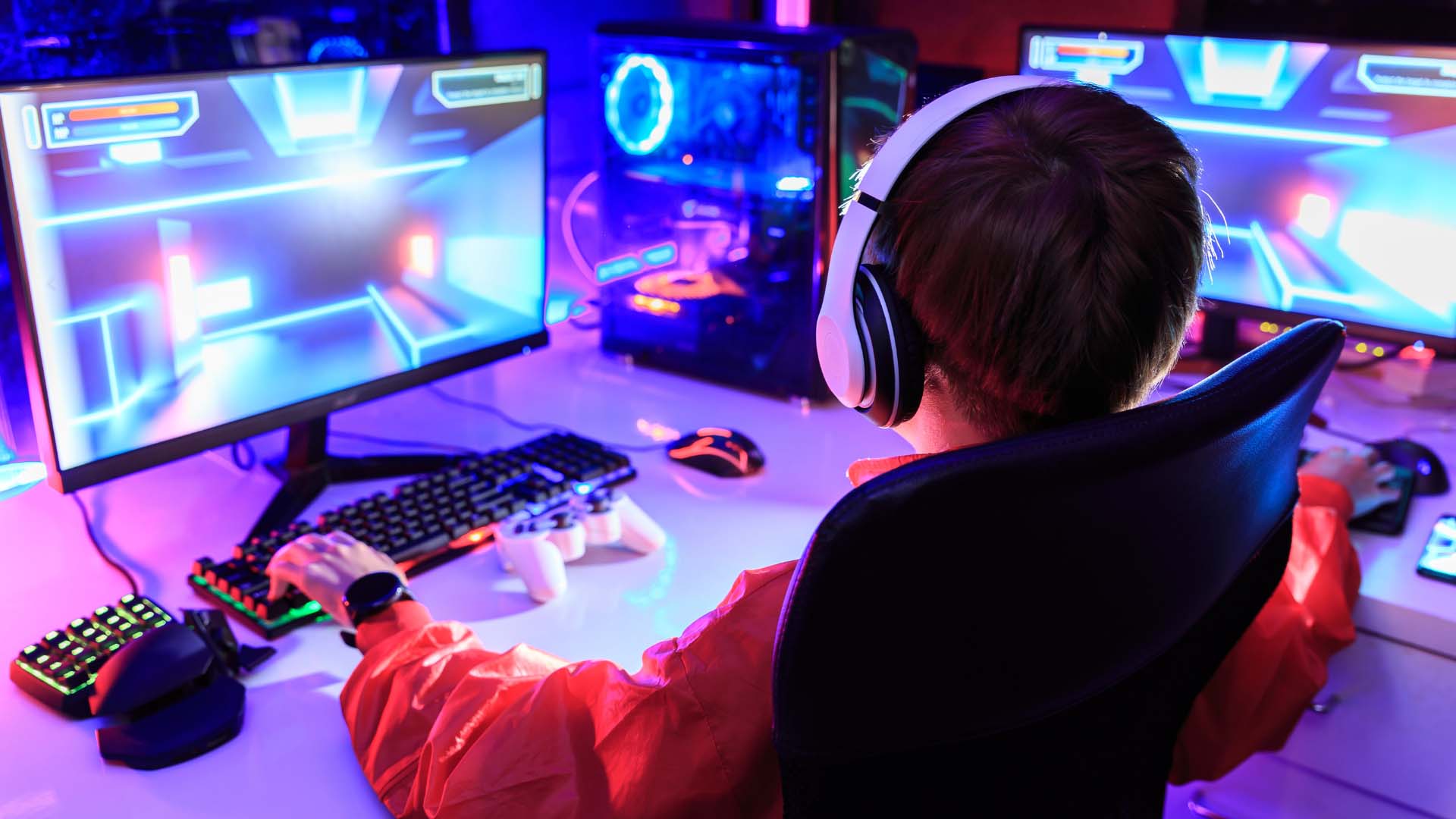
When buying a gaming PC, there are many things you need to check, from its hardware manufacturers to its specifications. It can be very frustrating, especially if you’re a first-time buyer. Knowing what to look for in a gaming PC and when to start can be challenging.
This guide will help you buy a suitable gaming PC based on your needs, budget, and preferences.
Key Factors to Look For When Buying a Gaming PC
Compared to the average PC, gaming PCs are built with high-specifications hardware components to run resource-demanding games.
When looking for a gaming PC, you’ll notice immediately that each model has different specifications and features. It is crucial to get a balanced gaming PC and ensure that you’re getting the proper specifications so it can deliver your needs.
Here are the key factors you should look for before buying a gaming PC:
- Cost
- Processor and RAM
- Hard Drive
- Graphics Card
Cost
The cost of a gaming PC can range from as low as $800 to as high as $5,000. It all depends on its hardware and specifications. But it boils down to what you can afford and how much you’re willing to adjust your budget for the unit.
The more you’re willing to spend on your gaming PC, the more likely you will get better performance. This also means that a high-end gaming PC can run longer, which you can consider an investment.
However, it might not be practical for some on a tight budget. It is possible to buy a good gaming PC without spending too much. Focus on checking the hardware specifications when choosing a unit.
To give you an idea, a $1,000-$1,500 unit can run the latest game but will not be able to run titles at 4K resolution. If you want to play games at 4K, it can cost you around $,1500-$3,000. High-end gaming PCs can cost about $3,000-$5,000 but will allow you to future-proof your gaming experience.
Processor & RAM
The processor acts as the brain of your PC. It is what executes the programs to run. They are made of cores and threads, affecting their speed and ability to operate and complete tasks. When checking the processor of a gaming PC, the general rule of thumb is that the higher the number of cores, the faster it can process tasks.
The RAM, on the other hand, assists your processor. The more RAM you have, your gaming PC can retrieve temporary data faster. This improves the speed and performance of your processor.
Most gaming PCs come with 16GB of RAM memory, allowing you to run games without experiencing any bottlenecks. However, you need a higher RAM memory to run several programs simultaneously without lags or delays. You can choose to add or upgrade your RAM up to 24GB or 32GB if you have the budget.
Hard Drive
Hard drives have two types: HDD (hard disk drive) and SSD (solid state drive). Most gaming PCs have installed SSD for their primary storage as they are built to boot faster than an HDD. So if you see a gaming PC with an HDD as its primary storage drive, skip it. However, it’s better if the unit has both SSD and HDD in its build.
In current builds, a combo drive setup means that the gaming PC has an SSD where the operating system is stored and an HDD where all the other files and programs can be installed. This helps boost the speed of the gaming PC and allows you to better enjoy high-demanding video games.
When buying a gaming PC, ensure that its SSD offers more than 256GB of storage. You can opt for a hard drive with 512GB or 1TB of storage memory. Remember that most AAA titles nowadays require up to 50+ GB to install their games.
Graphics Card
Graphics card is a critical component in any gaming PC as it enables gamers to play at high resolutions. The better the graphics card, the more immersive the visuals can be and give you a great gaming experience.
You need to check if a gaming PC’s graphics card is at least suitable for playing 1080p resolution. You can go with a 4k GPU if you have the budget.
There are currently two companies that sell graphics cards: NVIDIA and AMD. Nvidia builds the GeForce graphics cards, while AMD has the Radeon line.
When choosing NVIDIA, look for the RTX 30 series, as these models are built to support 4K resolutions with ultra-high graphic settings. On the other hand, AMD has the RX 6000 Series, which is suitable for playing games at 1080p resolution.